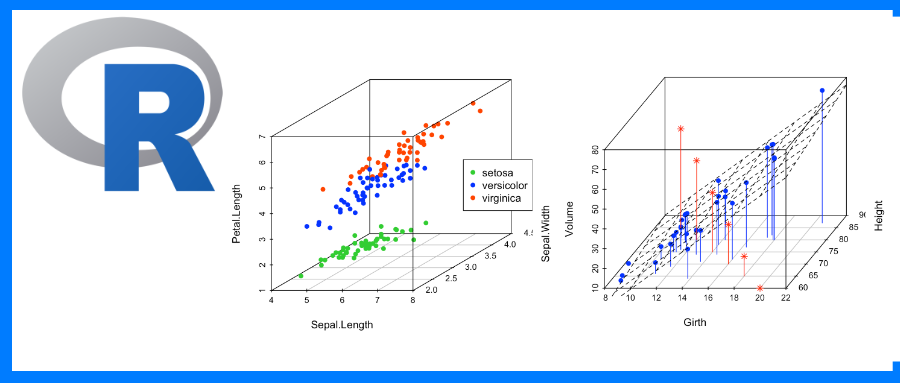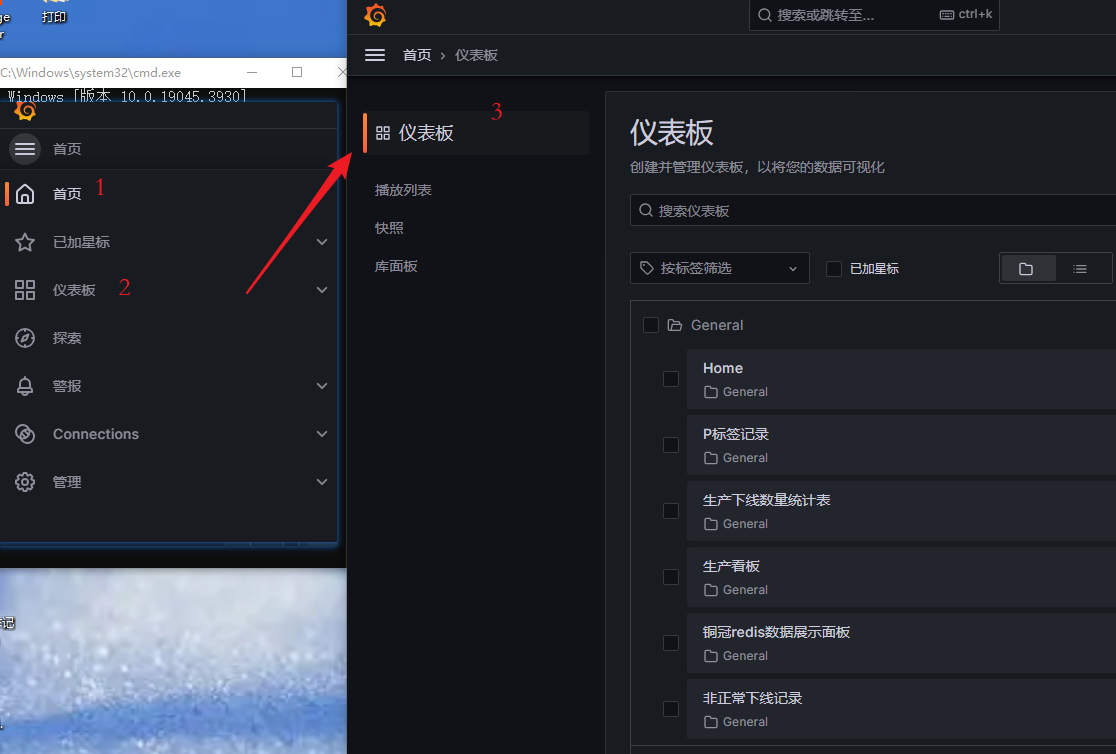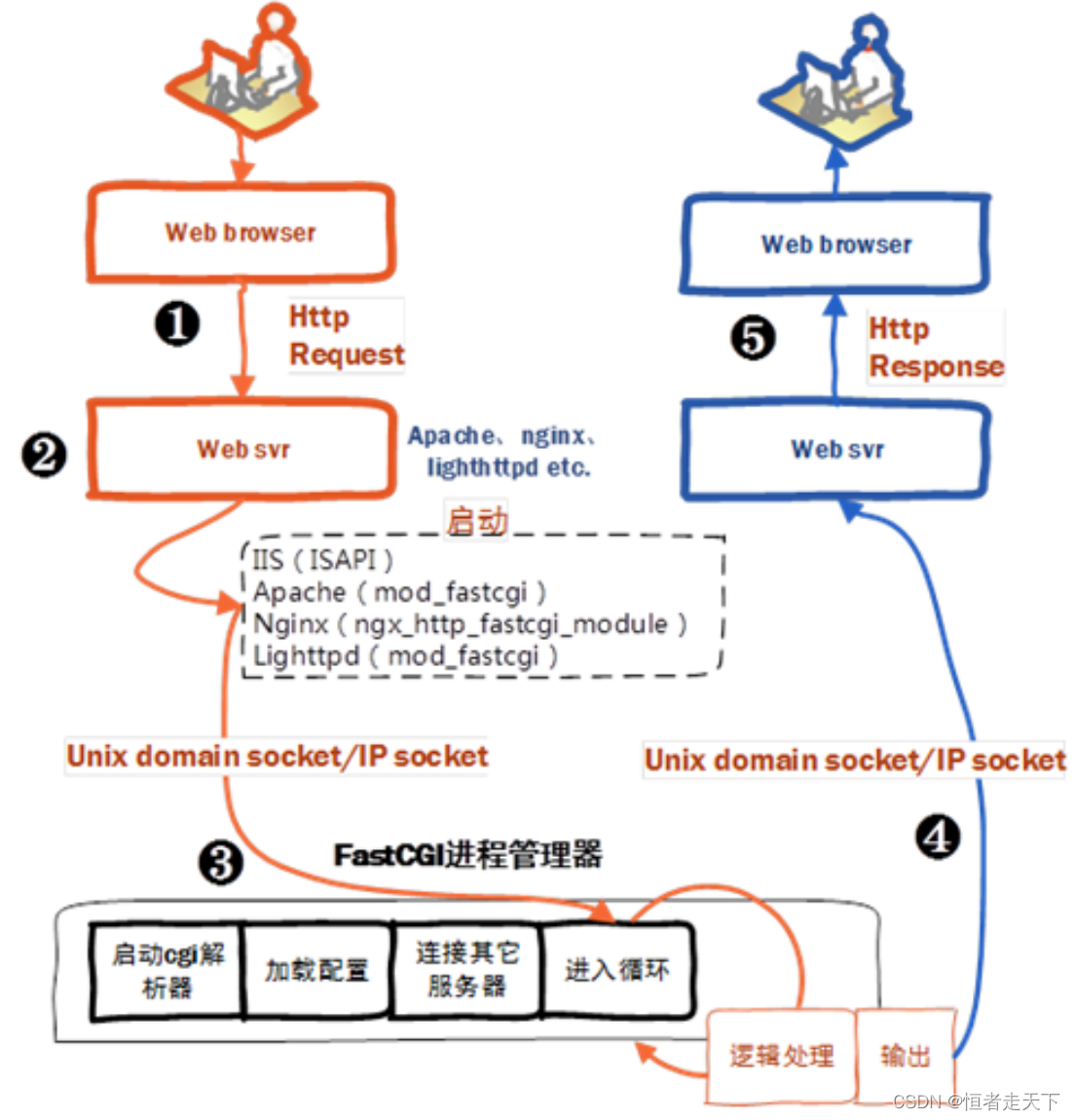
R数据可视化|使用Scatterplot3d包制作3D散点图
介绍R 中有许多包(RGL、car、lattice、scatterplot3d等)用于创建3D 图形。本教程介绍了如何使用 R 的 scatterplot3d包 在 3D 空间中生成散点图。scaterplot3d 使用起来非常简单,可以通过在已经生成的图形中添加补充点或回归平面来轻松扩展。它可以很容易地安装,因为它只需要一个已安装的 R 版本。安装并加载 scaterplot3dinstall.
介绍
R 中有许多包(RGL、car、lattice、scatterplot3d等)用于创建3D 图形。
本教程介绍了如何使用 R 的 scatterplot3d包 在 3D 空间中生成散点图。
scaterplot3d 使用起来非常简单,可以通过在已经生成的图形中添加补充点或回归平面来轻松扩展。
它可以很容易地安装,因为它只需要一个已安装的 R 版本。


安装并加载 scaterplot3d
install.packages("scatterplot3d")
library("scatterplot3d")
准备数据
iris 数据集将被使用进行画图:
data(iris)
head(iris)
Iris 也称鸢尾花卉数据集,是一类多重变量分析的数据集。
数据集包含150个数据样本,分为3类,每类50个数据,每个数据包含4个属性。
可通过花萼长度,花萼宽度,花瓣长度,花瓣宽度4个属性预测鸢尾花卉属于(Setosa,Versicolour,Virginica)三个种类中的哪一类。
函数 scatterplot3d()
一个简化的格式是:
scatterplot3d(x, y=NULL, z=NULL)
x, y, z 是要绘制的点的坐标。参数 y 和 z 可以是可选的,具体取决于 x 的结构。
那么在什么情况下,y 和 z 是可选变量?
情况1: x是 zvar ~ xvar + yvar 类型的公式。xvar、yvar 和 zvar 用作 x、y 和 z 变量
情况2: x是一个矩阵,包含至少3列,分别对应于x、y和z变量
基本 3D 散点图
scatterplot3d(iris[,1:3])

# 改变点视图的角度
scatterplot3d(iris[,1:3], angle = 60)

更改主标题和轴标签
scatterplot3d(iris[,1:3],
main="3D Scatter Plot",
xlab = "Sepal Length (cm)",
ylab = "Sepal Width (cm)",
zlab = "Petal Length (cm)")

改变点的形状和颜色
可以使用参数 pch 和 color:
scatterplot3d(iris[,1:3], pch = 16, color="steelblue")

按组更改点形状
shapes = c(16, 17, 18)
shapes <- shapes[as.numeric(iris$Species)]
scatterplot3d(iris[,1:3], pch = shapes)

按组更改点颜色
colors <- c("#32CD32", "#0000FF", "#FF4500")
colors <- colors[as.numeric(iris$Species)]
scatterplot3d(iris[,1:3], pch = 16, color=colors)

更改图形的全局外观
可以使用以下参数:
- grid : 一个逻辑值。如果为 TRUE,则在底部绘制网格。
- box : 一个逻辑值。如果为 TRUE,则在图片上方周围绘制一个框
删除周围的框
scatterplot3d(iris[,1:3], pch = 16, color = colors,
grid=TRUE, box=FALSE)

- x、y 和 z 是指定点的 x、y、z 坐标的数值向量。
x 可以是一个矩阵或一个包含 3 列对应于 x、y 和 z 坐标的数据框。
在这种情况下,参数 y 和 z 是可选的- grid 指定绘制网格的面。
可能的值是“xy”、“xz”或“yz”的组合。 示例:grid = c(“xy”, “yz”)。
默认值为 TRUE 以仅在 xy 平面上添加网格。- col.grid, lty.grid: 用于网格的颜色和线型
在 scatterplot3d 图形的不同面上添加网格:
# 1. 源函数
source('http://www.sthda.com/sthda/RDoc/functions/addgrids3d.r')
# 2. 3D散点图
scatterplot3d(iris[, 1:3], pch = 16, grid=FALSE, box=FALSE)
# 3. 添加网格
addgrids3d(iris[, 1:3], grid = c("xy", "xz", "yz"))

上图中有一个问题就是网格是在点上绘制的。
在下面的R代码中,我们将使用以下步骤将点放在前景中:
- 创建空的 scatterplot3 图形,并将 scatterplot3d() 的结果指定给 s3d
- 函数 addgrids3d() 用于添加网格
- 最后,函数 s3d$points3d 用于在三维散点图上添加点
# 1. 源函数
source('~/hubiC/Documents/R/function/addgrids3d.r')
# 2. 使用 pch="" 清空 3D 散点图
s3d <- scatterplot3d(iris[, 1:3], pch = "", grid=FALSE, box=FALSE)
# 3. 添加网格
addgrids3d(iris[, 1:3], grid = c("xy", "xz", "yz"))
# 4. 添加点
s3d$points3d(iris[, 1:3], pch = 16)

函数 points3d() 将在下一节中描述。
添加 bars
使用参数 type=“h”。这有助于非常清楚地查看点在 x-y 上的位置。
scatterplot3d(iris[,1:3], pch = 16, type="h",
color=colors)

修改 scatterplot3d 输出
scatterplot3d 返回一个函数闭包列表,可用于在现有绘图上添加元素。
返回的函数是:
- xyz.convert(): 将 3D 坐标转换为现有 scatterplot3d 的 2D 平行投影。 它可用于向绘图中添加任意元素,例如图例。
- points3d():在现有图中添加点或线
- plane3d():将平面添加到现有绘图中
- box3d():在图周围添加一个框
添加图例
使用 xyz.convert() 指定图例位置
- 将 scatterplot3d() 的结果指定给 s3d
- 函数 s3d$xyz.convert() 用于指定图例的坐标
- 函数 legend() 用于添加图例
s3d <- scatterplot3d(iris[,1:3], pch = 16, color=colors)
legend(s3d$xyz.convert(7.5, 3, 4.5), legend = levels(iris$Species),
col = c("#32CD32", "#0000FF", "#FF4500"), pch = 16)

也可以使用以下关键字指定图例的位置:“bottomright”、“bottom”、“bottomleft”、“left”、“topleft”、“top”、“topright”、“right”和“center”
使用关键字指定图例位置
# 图例位置修改为 "right"
s3d <- scatterplot3d(iris[,1:3], pch = 16, color=colors)
legend("right", legend = levels(iris$Species),
col = c("#32CD32", "#0000FF", "#FF4500"), pch = 16)

# 使用参数 inset,其中inset设置值越大,图例越向左偏移
s3d <- scatterplot3d(iris[,1:3], pch = 16, color=colors)
legend("right", legend = levels(iris$Species),
col = c("#32CD32", "#0000FF", "#FF4500"), pch = 16, inset = 0.1)

# 图例位置修改为 "bottom"
s3d <- scatterplot3d(iris[,1:3], pch = 16, color=colors)
legend("bottom", legend = levels(iris$Species),
col = c("#32CD32", "#0000FF", "#FF4500"), pch = 16)

使用关键字来指定图例位置非常简单。但是,有时,某些点和图例框之间或轴和图例框之间存在重叠。
那么有什么解决方案可以避免这种重叠吗?
当然,对于函数 Legend(),有多种使用以下参数组合的解决方案:
- bty = “n” :删除图例周围的框。 在这种情况下,图例的背景颜色变得透明,重叠点变得可见
- bg = “transparent” :将图例框的背景颜色更改为透明颜色(仅当 bty != “n” 时才有可能)
- inset :修改图边距和图例框之间的距离
- horiz :一个逻辑值; 如果为 TRUE,则水平而不是垂直设置图例
- xpd :逻辑值; 如果为 TRUE,则它允许将图例项绘制在绘图之外
自定义图例位置
# 自定义点形状
s3d <- scatterplot3d(iris[,1:3], pch = shapes)
legend("bottom", legend = levels(iris$Species),
pch = c(16, 17, 18),
inset = -0.25, xpd = TRUE, horiz = TRUE)

# 自定义颜色
colors <- c("#ADD8E6", "#FFA07A", "#8470FF")
colors <- colors[as.numeric(iris$Species)]
s3d <- scatterplot3d(iris[,1:3], pch = shapes, color=colors)
legend("bottom", legend = levels(iris$Species),
col = c("#ADD8E6", "#FFA07A", "#8470FF"), pch = 16,
inset = -0.25, xpd = TRUE, horiz = TRUE)

在上面的 R 代码中,可以使用参数 inset、xpd 和 horiz 来查看对图例框外观的影响。
添加点标签
函数 text() 的用法如下:
scatterplot3d(iris[,1:3], pch = 16, color=colors)
text(s3d$xyz.convert(iris[, 1:3]), labels = rownames(iris),
cex= 0.7, col = "black")

添加回归平面和补充点
- 将 scatterplot3d() 的结果赋值给 s3d
- 线性模型计算如下:lm(zvar ~ xvar + yvar)。 假设:zvar 取决于 xvar 和 yvar
- 函数 s3d$plane3d() 用于添加回归平面
- 使用函数 s3d$points3d() 添加补充点
将使用数据集:
data(trees)
head(trees)
# 该数据集提供了黑樱桃树的周长、高度和体积的测量值。
带有回归平面的 3D 散点图:
# 3D scatter plot
s3d <- scatterplot3d(trees, type = "h", color = "blue",
angle=45, pch = 16)
# 添加回归平面
my.lm <- lm(trees$Volume ~ trees$Girth + trees$Height)
s3d$plane3d(my.lm)
# 添加补充点
s3d$points3d(seq(10, 20, 2), seq(85, 60, -5), seq(60, 10, -10),
col = "red", type = "h", pch = 8)

更多推荐
 已为社区贡献1条内容
已为社区贡献1条内容









所有评论(0)